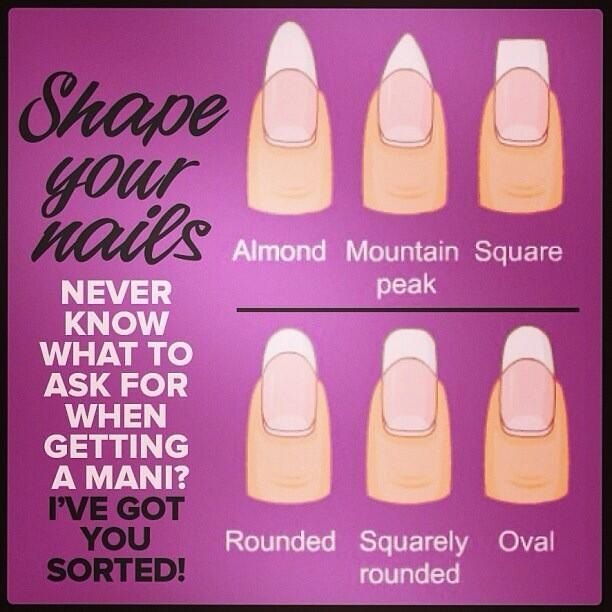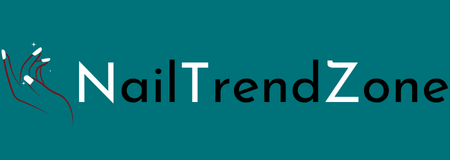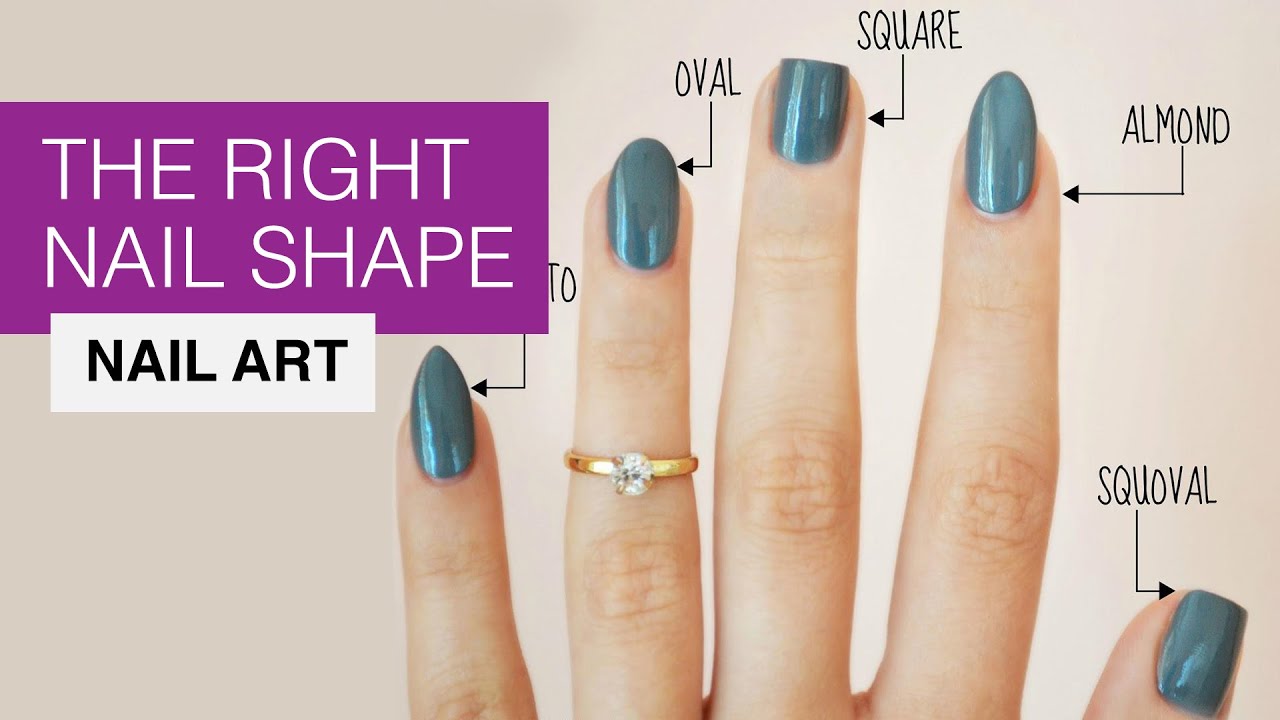Why Nail Shapes Matter
Your fingertips express style. So, nail shapes matter more than you think. They affect durability, ergonomics, and fashion. You’ll notice how the nail bed anatomy and free edge impact look and strength—especially with acrylic nail extensions or gel nail polish.

Tip 1 – Match Shape to Your Hand Type
Nail Shape by Hand Type
First, consider your hand proportions. If you have wide fingers, square or oval nail shapes add elegance. For long, slender fingers, almond or stiletto enhances grace. Thus, matching nail shapes to hand type improves professional appearance and chic minimalism.
Ergonomics & Nail Durability
Also, think about ergonomics of nail shape. Round edges and a balanced free edge help avoid chipping. Square nails might chip easily, while oval or squoval resist wear. So, choose forms that support nail durability in daily tasks.
Tip 2 – Consider Nail Bed Anatomy & Filing Direction
Nail Bed Anatomy
Your natural nail bed anatomy influences your ideal nail shape. If your nail beds are short, go for square or round. Longer nail beds suit oval or tapered shapes. That helps the free edge look proportional and neat.
Filing Direction & Free Edge
Pay attention to filing direction. File in one direction to avoid weak edges. Start at the sides and move toward the center gently. Transition words—like “also” or “additionally”—help guide readers. With correct filing, your nail shape stays chip-resistant longer.
Tip 3 – Blend Fashion Trends with Care
Generational Trends & Celebrity Nail Styles
Trends shift all the time—from Gen Z nails to millennial nails. Right now, quiet luxury nails and minimalist manicure are popular in the USA. Yet, celebrities flaunt bold runway nails with statement shapes. To stay current, mix trending nail shapes with functional design.
Acrylic Nail Extensions & Gel Nail Polish
If you use acrylic nail extensions or gel nail polish, choose shapes that suit the material. Squoval or almond work well with acrylics. Rounded shapes resist chips when topped with gel. This helps maintain a professional appearance longer.
Bonus Tip – Engage with Nail Shape Guide Tools
Infographic & Interactive Nail Quiz
Moreover, visual tools help. You could consult a nail shape guide infographic to understand fit. Or try an interactive nail quiz online—this helps you pick shapes by hand type or lifestyle. That makes your choice both educated and fun.
Putting It All Together
First, look at your hands and nail bed anatomy. Choose shape based on ergonomics and durability. Then, align with current fashion trends—be it runway nails or minimalist manicure. Finally, refine your free edge with proper filing direction and tools.
By combining practical tips and aesthetic sense, you’ll find a nail shape that works. And, nail trend zone offers inspiration boards and shape breakdowns to explore. Meanwhile, professionals say your nail shapes can subtly boost confidence and polish a look for work or events. Plus, they support health when you focus on cuticle care and maintain chip-resistant polish.
FAQs
Q1: What are the most durable nail shapes?
Round, oval, and squoval tend to be the most chip-resistant. Their curved edges reduce snags and breakage. Also, these shapes pair well with filing direction protocols.
Q2: How do I pick a shape based on hand type?
Wide fingers benefit from oval or squoval. Slender fingers shine with almond or stiletto. Short nail beds suit square or round. Let nail bed anatomy guide your picks.
Q3: Can acrylic extensions change my natural nail shape?
Yes. Acrylic or gel can mask your natural nail bed, letting you experiment. But choosing complementary shapes enhances comfort and durability.
Q4: How often should I file to maintain the shape?
Light filing every week keeps edges smooth without over-thinning. Remember to always file one way and use a gentle grit. Over‑filing wears the free edge and weakens nails.
Q5: What’s the easiest shape for beginners?
Round or squoval. They’re forgiving, easy to file, and gentle on the free edge. Plus, they suit most nail bed anatomies and are classic.

